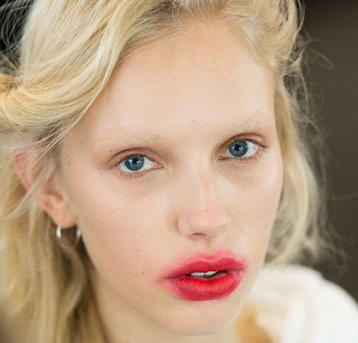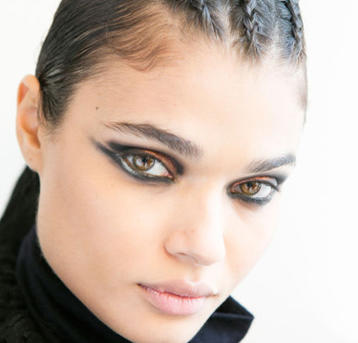A new study has found that the rise of smartphones and accompanying ‘selfie culture’ promoting apps (i.e. Instagram, Facebook and Snapchat) has caused a change in the beauty and cosmetics industry.
Global colour cosmetics and fragrance analyst at market research firm Mintel, Charlotte Libby, spoke with Cosmetics Design Europe about the findings, and explained that it all comes back to image consciousness:
“The selfie trend has created a generation of women who are more continuously aware of their appearance than ever before, and attached to this awareness has come the increased desire to enhance appearance and correct perceived imperfections.
“We see millennials driving the future of beauty and if brands want to remain relevant, they should turn to the ‘tried-and-true” selfie for research and development.”
One example is the new growth in highlighting products, which was a trend driven by millennials and is now sought out by cosmetic users of all ages. Libby also notes that a renewed emphasis on kits has emerged in the recent makeup selfie driven period:
“Looking at the face through a camera lens has resulted in growing interest in professional makeup techniques such as contouring and baking, which were once the reserve of screen or theatre makeup. With an army of beauty bloggers able to teach makeup users how to master these techniques at home, they moved into the everyday routines of women.
The beauty industry has responded to this consumer demand with new products and kits to create a flawless base with emphasised features; bringing a wave of new product innovation which tempted consumers into expanding their makeup collection.”




